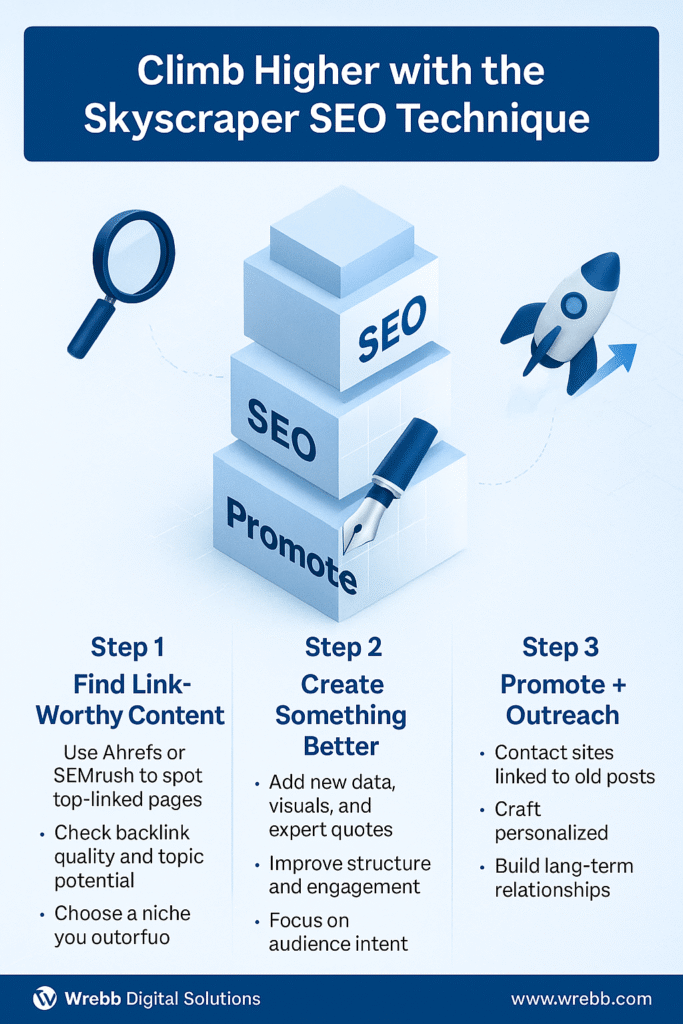Can you imagine a day without your smartphone? Indeed not! From reading to shopping, paying bills to searching for information – everything goes smooth and fast on smartphones nowadays. People find internet surfing easier on their smartphones than desktops or laptops anywhere, and everywhere; even while they are on the go. Thus, most of the e-commerce businesses are switching to ecommerce mobile app from an e-commerce website to offer an explicit shopping experience to their customers.
Table of Contents
ToggleWhy Go For M-Commerce/Mobile Ecommerce App?
E-Commerce mobile app not only assists in reaching the goals of customers and sellers but also helps to promote brand worldwide faster and efficiently. Today, more and more startups gear up to build an eCommerce mobile app firstly before to design websites to stand out in the eCommerce competition.
According to reliable sources, worldwide m-commerce profits will reach a CAGR of 27% from 2019 to 2024 due to the rapid growth in the use of mobile eCommerce apps. Hence, if you are on the same boat to transform your eCommerce store into m-commerce then go through the blog till the end to bag valuable information that your eCommerce business certainly needs.
Switch To Mobile Commerce App From E-Commerce Website
No doubt, designing a mobile commerce app is daunting as well as cost-efficient work. Though, you can go with an alternative option. Just use the existing resources from your website to develop the m-commerce app and reduces the time as well as cost to enter into m-commerce market.

Let’s get started,
-
Know Your Website Platform
Firstly, identify the platform on which your website is built-in. it will help you to build your m-commerce app faster and easier.
-
Sustain the Look & Feel
When you are about to develop the eCommerce mobile app with existing eCommerce website, you need to imprint a similar look and feel of your website into the m-commerce app. It helps to provide the same UI to your customers that they have with your site.
-
Key Features Finalization
In the time of designing and developing the app, you need to settle on the key features and functionalities that your m-commerce app can offer the same best and secure user experience to the customers.
- Authentication
To place an order via the app, users need to authenticate their credentials with a registered email ID or mobile phone number or social account logging.
- Allow Push Notifications
Make sure the app sends push notifications to the customers that to make them updated about new launches, products, price drops, or other discounts your eCommerce business offers time to time. It generates sales.
- Set Right Catalogue And Categories
Akin to your eCommerce website, the app should display the products in an order and diverse category. It helps customers to filter and find their products easy and fast.
- Methods Of Payment
Make sure the app offers distinct payment methods that customers don’t feel hassle making payment via the app with net banking, credit or debit card, PayPal, and cash/pay on delivery option.
- Item Tracking
Make sure your mobile eCommerce app offers the tracking facility for the orders placed by your customers. it increases loyalty among your customers for your business with strong business bonding.
- Customer Support Program
Anytime your customers may feel to contact you to resolve queries associated with products, services, or any other thing. Make sure your app has the functionality to assist customers via chat, emails, or phone.
-
APIs Development
CMS platforms like WordPress and Magento come up with an array of software components including the platform, server, database, and front-end of the website. Components turn the website development process easier and faster with interaction and exchange of data. Though, the rule is not the same for eCommerce mobile apps. Here you need to count on APIs and tell your developers to build more than a few APIs to enable data exchange between the database and other components of the app and website.
-
Integration of APIs with app
M-commerce app works flawlessly when it is properly integrated with the APIs. APIs fetches static and dynamic information of website and apps simultaneously. Hence, the correct integration of APIs ensures changes on both platforms if any change is made on any of your apps or site accordingly.
-
App Parameters Testing
You should test all the features and functionalities of your m-commerce app before launching it finally. Check every aspect of your app before you release it. Don’t forget to follow the legal guidelines with privacy regulations. Let your app bug-free.
-
Launch the M-Commerce App
After the successful testing process, it is time to launch the app on app stores. You can count on secure app stores like Google Play Store and Apple App Store to share out the app among audiences. You can go for third-party app stores too if you find it safe.
To Wrap it Up,
Benefits are endless when your eCommerce business can successfully build an m-Commerce app with a dynamic website. Your business will find it each to reach both customers via website or smartphones and earn bigger revenue than before.



